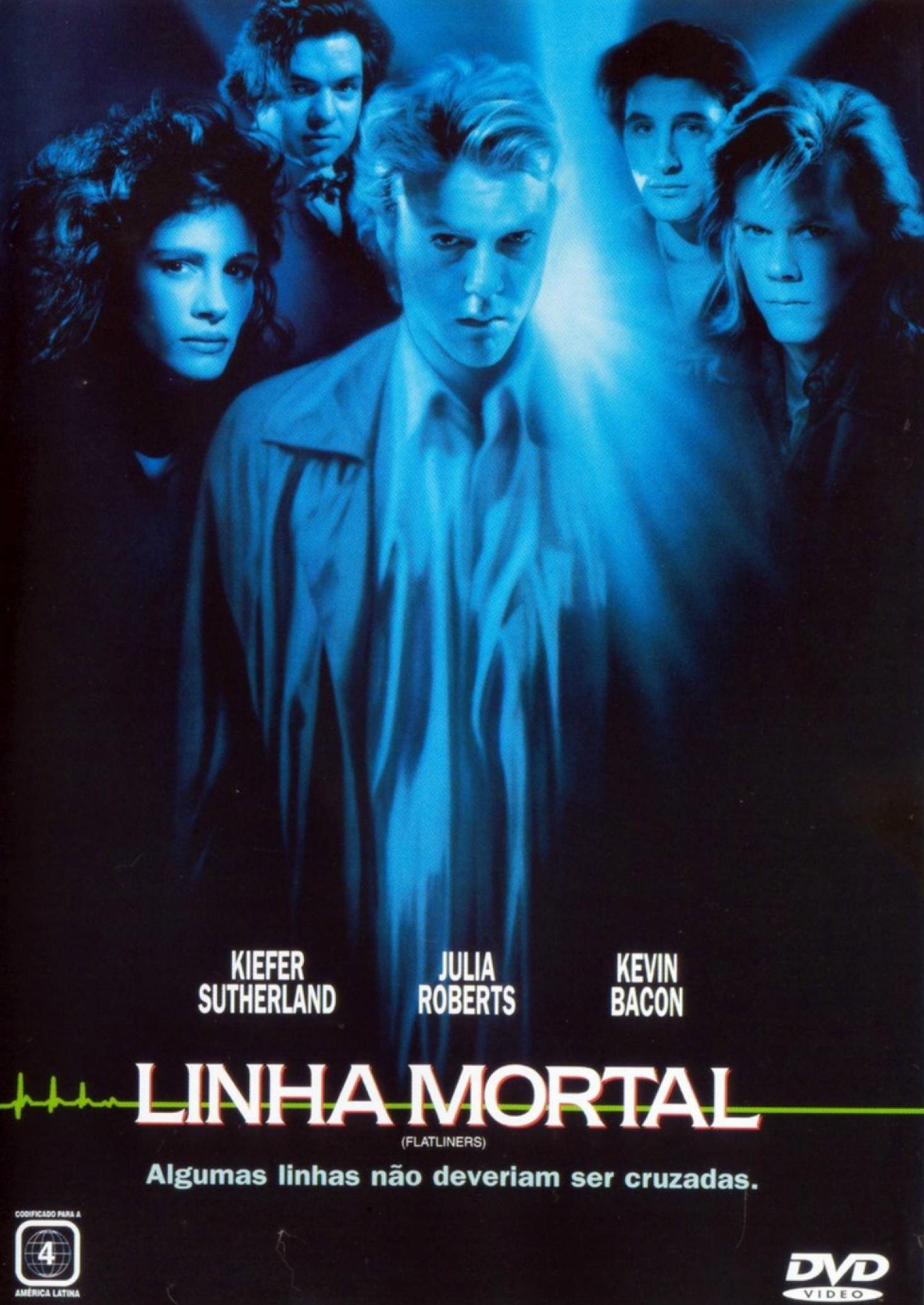
Last month, researchers at Yale University published the astounding results that organs from a pig they had killed by inducing cardiac arrest were still showing signs of life, even hours after the animal’s supposed death.
“The pigs had been lying dead in the lab for an hour—no blood was circulating in their bodies, their hearts were still, their brain waves flat,” the science journalist Gina Kolata reported in early August in the New York Times. “Then a group of Yale scientists pumped a custom-made solution into the dead pigs’ bodies with a device similar to a heart-lung machine.”
Kolata continues, describing a scene that seems right out of a science-fiction movie: “What happened next adds questions to what science considers the wall between life and death. Although the pigs were not considered conscious in any way, their seemingly dead cells revived. Their hearts began to beat as the solution, which the scientists called OrganEx, circulated in veins and arteries. Cells in their organs, including the heart, liver, kidneys, and brain, were functioning again, and the animals never got stiff like a typical dead pig.”
OrganEx, by the way, is a solution composed of nutrients, anti-inflammatory medications, drugs to prevent cell death, and artificial hemoglobin mixed with each animal’s own blood. Also included in the OrganEx mix are what are known as nerve blockers, substances intended to dampen the activity of neurons and prevent any possibility of the pigs regaining consciousness.
“When they treated the dead pigs, the investigators took precautions to ensure the animals did not suffer,” the New York Times reported. “The pigs were anesthetized before they were killed by stopping their hearts, and the deep anesthesia continued throughout the experiment. In addition, the nerve blockers in the OrganEx solution stop nerves from firing to ensure the brain was not active. The researchers also chilled the animals to slow chemical reactions. Individual brain cells were alive, but there was no indication of any organized global nerve activity in the brain.”
In a press release, Yale University stated that, “the researchers stressed that additional studies are necessary to understand the apparently restored motor functions in the animals and that rigorous ethical review from other scientists and bioethicists is required.” The experimental protocols for the latest study were approved by Yale’s Institutional Animal Care and Use Committee and guided by an external advisory and ethics committee.
The university added that the OrganEx technology could eventually have several important potential medical applications. For instance, it could extend the life of organs in human patients and expand the availability of donor organs for transplant. It might also help treat organs or tissue damaged by loss of blood supply during heart attacks and strokes.
In one sense, the subject seems very futuristic. Imagine a world where organs are kept alive or in some continual state of animation, ready for use in case your own human heart, brain, kidney, or lungs suddenly stop functioning properly. But this is also a topic that has been probed before in the past. Or at least, the early 1990s, with a little film with a blockbuster cast called Flatliners. The movie starred Kiefer Sutherland, Julia Roberts, William Baldwin, Oliver Platt, and Kevin Bacon. It was about five medical students attempting to discover what lies beyond death by conducting clandestine experiments that produce near-death experiences.
“The film contains minimal gore and blood,” states a review on the site, GraveReviews.com. “But the very idea of dying creates an atmosphere of intense afterlife experiences, some of which are visually very disturbing.”
“The film’s plot is solely based on the premise of near-death experiences,” the review continues. “The medical students are intrigued by various accounts where people were pronounced dead but then are resuscitated back to life. Even more intriguing was the fact that these people would later speak about how they experienced various feelings and sights, such as an out-of-body experience and a tunnel of light. This sets the foundation for the film. The plot was well done, and the motion of these experiments is frightening.” The site gave the film 3.5 out of 5 graves.
But there does appear to be a problem with the idea of flatlining as it occurs in the film. Somehow, allowing a human body to almost die and then resuscitating it stirs up the regrets and unjust deeds from a person’s past, which then come back to haunt them in the present. “The three men start to experience hallucinations related to their afterlife visions,” notes the film’s Wikipedia page.
Of course, Flatliners is a movie, but it is still one that makes you think about the Yale University experiment in a slightly different light. What about the pigs that have been killed and then had their organs brought back to life with OrganEx, are they perhaps haunted by regrets or memories from the past? What are they feeling or experiencing? Well, the articles on the Yale experiments do not really go into that. But they do recount a somewhat odd moment when the pigs treated with OrganEx jerked their heads after the researchers injected an iodine contrast solution for imaging.
“The team was especially surprised to observe involuntary and spontaneous muscular movements in the head and neck areas when they evaluated the treated animals, which remained anesthetized through the entire six-hour experiment,” stated Yale University in their press release regarding this episode.
Nenad Sestan, Yale professor of neuroscience, comparative medicine, genetics, and psychiatry, explained that these movements indicate the preservation of some motor functions. But the researchers stressed that additional studies are necessary to understand the apparently restored motor functions in the animals and that “rigorous ethical review from other scientists and bioethicists is required.”
It’s a rather serious topic, but it can be lighthearted too, and it is something we have discussed before at Digital Dying. From a story about author Judy Bachrach’s book, Glimpsing Heaven: The Stories and Science of Life After Death, to an article about the yearly seances held in an effort to bring the famous magician Harry Houdini back from the dead. We wrote about famous Hollywood movie characters that came back from the dead—like Leonardo DiCaprio, playing Hugh Glass in The Revenant, and Uma Thurman, as The Bride, in Quentin Tarantino’s film Kill Bill: Volume 2.
We have also written on the history of coffins that enable the user to escape shall they come back to life or revive after a burial in which they weren’t really dead. If this happens, you can just pull a string that rings a bell at the surface and then hope someone on the other end is listening!
Meanwhile, the move Flatliners indeed struck a nerve somewhere too. In 2017, there was a remake, which RogerEbert.com said was “frustratingly not terrible.” “The cast acted the hell out of every moment,” the review continued, although the film struggled “to find profundity in situations that are conceived in the most superficial way, often settling for cheap horror movie jolts and ‘it was only a dream’ false alarms, and things wrap up so neatly that the sense of wonder and terror inherent in the story remains largely untapped.”
Of course, Flatliners is only one in a long line of movies that deals with the idea of brushing up against death and then coming back to life. And there is actually a film that more closely approximates the Yale University research. The 2009 science fiction drama Mr. Nobody features innovative story-telling techniques, including a narrative that moves back and forth across time. Part of the film takes place in the year 2092, where humans have conquered mortality by enabling cells of any needed organ or tissue to renew endlessly. They utilize this technology by toting along with them “stem cell-compatible pigs,” which provide an easily portable and seemingly endless supply of organs and tissues.
All of a sudden, Yale University’s study into organ mortality takes on a new spin. Are we really headed there? I suppose we will just have to wait and see~









